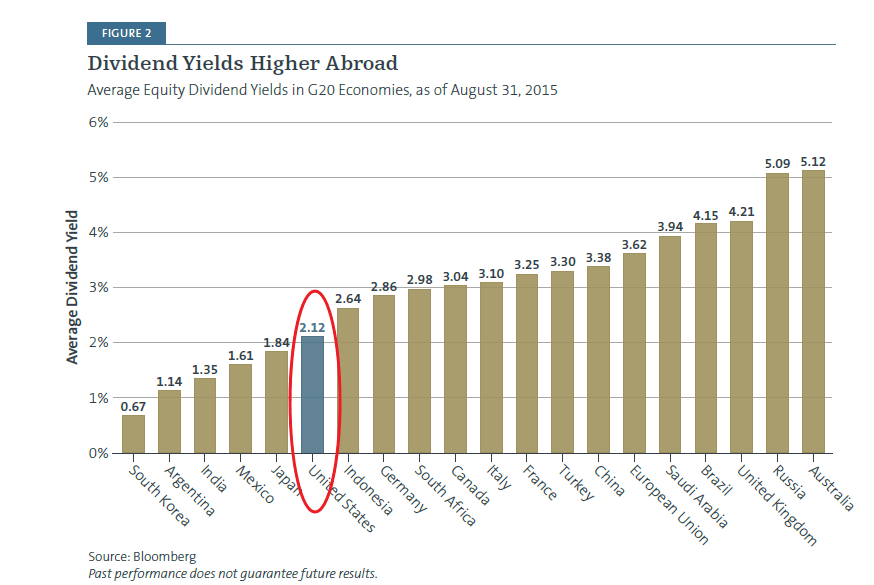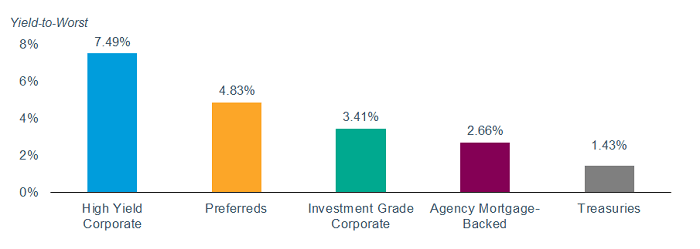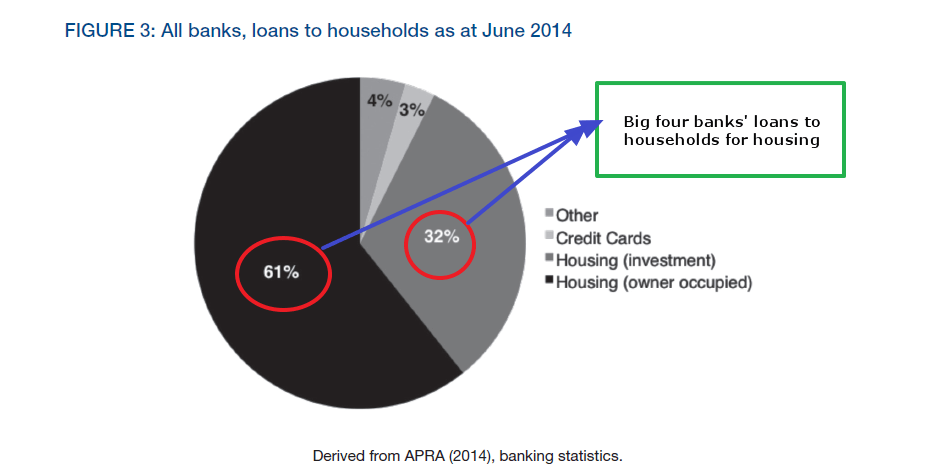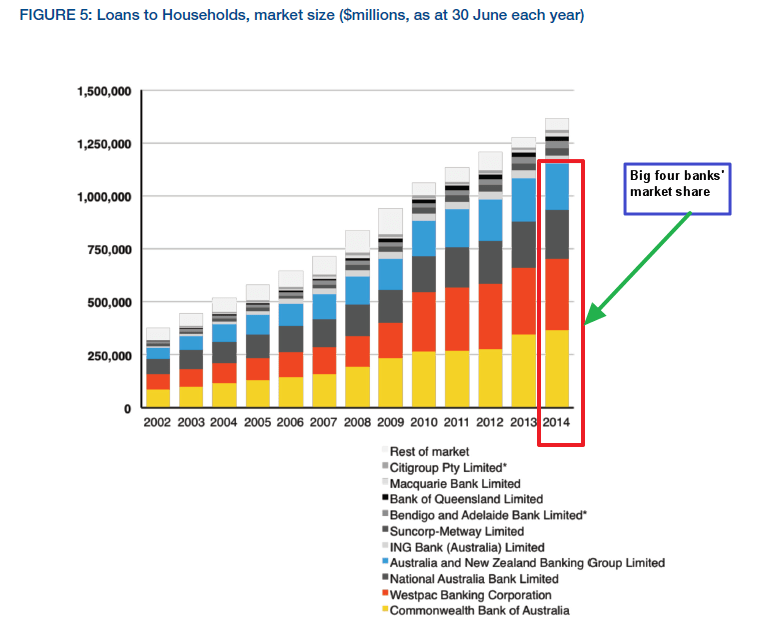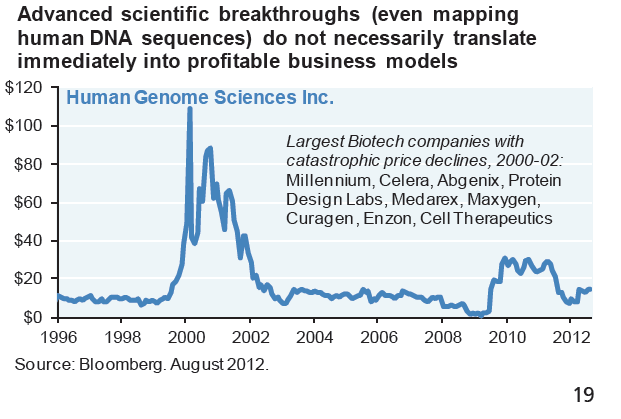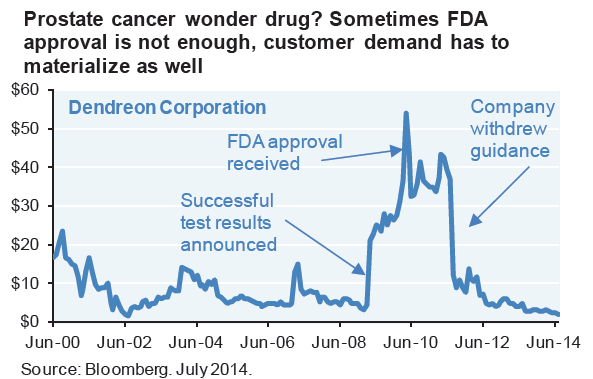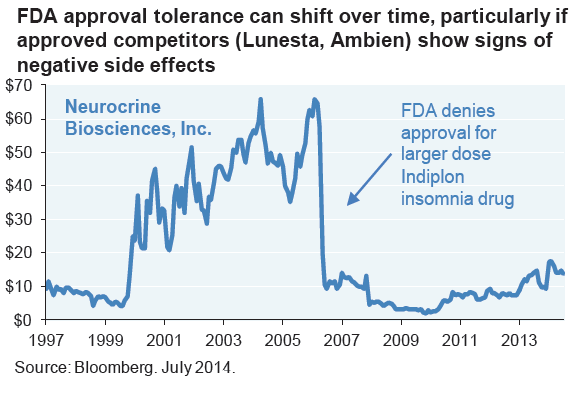The stock of Westpac Banking Corp(WBK) of Australia is currently on a trading halt. Hence the ADR did not trade yesterday (Wednesday) on the NYSE. The halt is in place due to the rights offering the bank announced on Tuesday. So the stock will open for trading on Monday (10/19/15) on the Australian and other exchanges including the NYSE where Westpac is listed.
A few key points on this rights offering and related impacts are listed below:
- Westpac is raising A$ 3.5 billion to raise its capital reserves to meet new regulatory requirements. Competitors such as National Australia Bank (NABZY) and Australia & New Zealand Banking Group Limited (ANZBY) have already raised such additional capital.
- The trading halt is in effect to allow for institutions to bid on the rights offer over the next few days.
- Westpac also increased its standard variable rate for mortgages by 0.20%.
- The bank also announced its full year financial results. The results were mostly good with cash earnings per share were up by 2% compared to 2014.
- A final dividend of A 0.944$ will be paid to current shareholders. This is higher than the dividend paid out last year.
Details on the Rights Offer:
Westpac’s stock on the domestic market (WBC.AX) closed at $30.44 on Tuesday. The rights will be offered at A$ 25.50 for a discount of 13.1%.
Existing shareholders are entitled to receive one ordinary share for every 23 they hold. So if you hold 1,000 shares you will be entitled to 44 new shares. Current shareholders will be able to buy the new shares at A$ 25.50 per share.
Retail shareholders of Ordinary Shares have three options according to a news report:
Firstly, you can sell your entitlement – which will trade on the ASX from next Monday until Wednesday 4 November under stock code WBCR.
Secondly, you can take up your entitlement by paying $25.50 for each new share. For example, if you had 1,000 Westpac shares, you would be entitled to buy 44 new shares at $25.50 – a total cost of $1,122.00. You will need to front up with the cash by Wednesday 11 November.
Or thirdly, do nothing. In this case, your entitlements will be auctioned to the institutions on 16 November. If Westpac shares are trading above $25.50, then you should receive a payment from Westpac which represents the difference between the auction price and $25.50. These payments (if any) will be made on 19 November.
Source: Westpac shocks market with interest rate hike by Paul Richard, Switzer Daily
Things to remember for Westpac ADR shareholders:
- WBK trading is halted till Monday according to the depository BN Mellon.
- The ratio of ADR to Ordinary is 1:1. So the final dividend of A0.944$ will be converted to US $ at the then exchange rate and paid out after any deductions for ADR fees. However no dividend withholding taxes will be held since all the dividend is 100% franked.
- Similar to ordinary shareholders, ADR shareholders should also be entitled to receive one ordinary share for every 23 ADR they hold. However the three options mentioned above for domestic retail investors may not be available for ADR holders. Further details on the rights offering will be published by the depository and investors will also be notified by your broker.
- WBK last closed at $21.97. So with a 13.1% discount the rights for ADRs holders may be around $19.0 per share.
ADR investors with a long-term horizon may be better off buying the rights shares rather than selling the rights. However cash is needed in order to acquire the new shares.
Currently WBK has a dividend yield of 6.72%.
Note: Dividend yields noted above are as of Oct 14, 2015. Data is known to be accurate from sources used.Please use your own due diligence before making any investment decisions.
Disclosure: Long WBK
